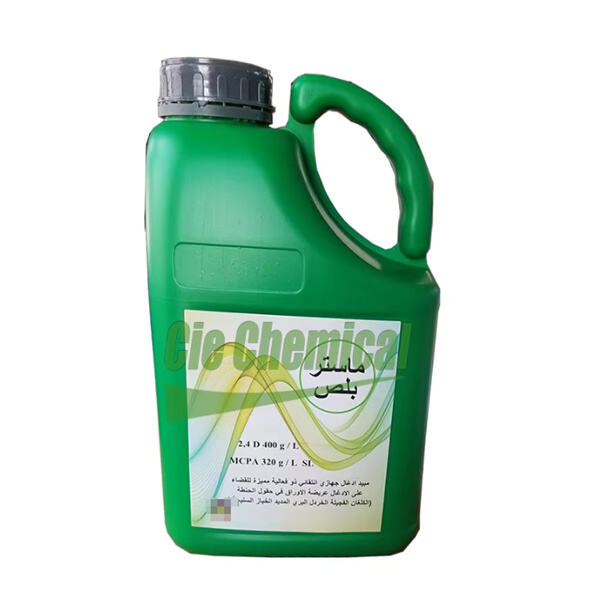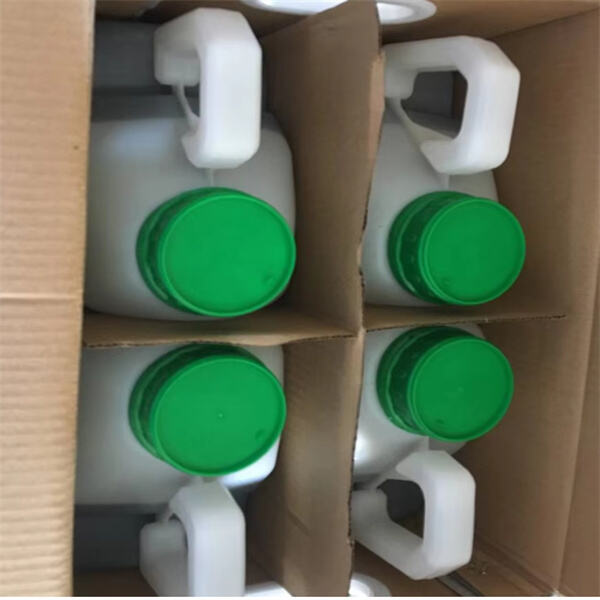Ever thought about how farmers are able to plant crops in weed-filled fields? One way to accomplish this is by applying herbicides such as 2,4-D and Dicamba. Those chemicals are often sprayed on crops to kill competing weeds that also need sunlight and food. However, it’s also important to recognize the potential for these herbicides to impact the environment or public health.
Yes, 2,4-D and Dicamba can keep farmers growing more food by halting weeds, but there are Do's and Don'ts for using them. So you might wonder: Could these chemicals blow off the fields where they are applied and hurt plants and animals in the vicinity? It’s crucial for farmers to abide by the rules for using these chemicals safely.

Applying 2,4-D and Dicamba to manage weeds has positive results. These herbicides may save you time and money from pulling weeds. But there’s danger, too. 2,4-D and Dicamba can harm other plants and animals, and people’s health, if they aren’t used properly. That’s because it is so important for farmers to know how to use them correctly.

To keep 2,4-D and Dicamba safe, there are rules. Those rules prescribe when and how farmers may spray the herbicides, and how to handle and store them properly. By complying with these rules farmers can conserve the environment and the health of people by controlling weed in their fields.

As we plan for the future of farming, a lot of people want to figure out better ways to control weeds that aren’t so dependent on chemicals like 2,4-D and Dicamba. Some farmers are experimenting with new practices like rotating which crops they grow, planting cover crops and caring for the soil itself, to lessen the necessity for herbicides. Farmers can use these methods to protect the environment and people’s health and grows food on their farms for a long time.